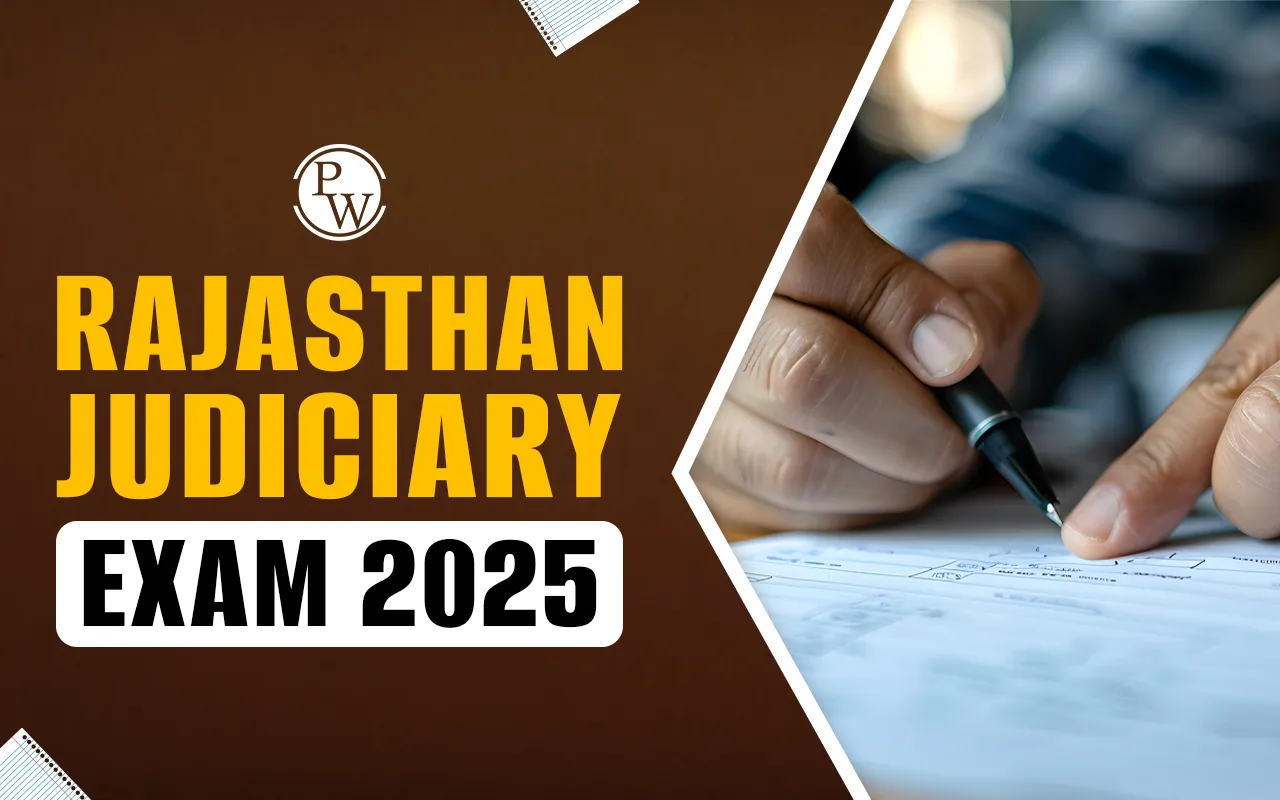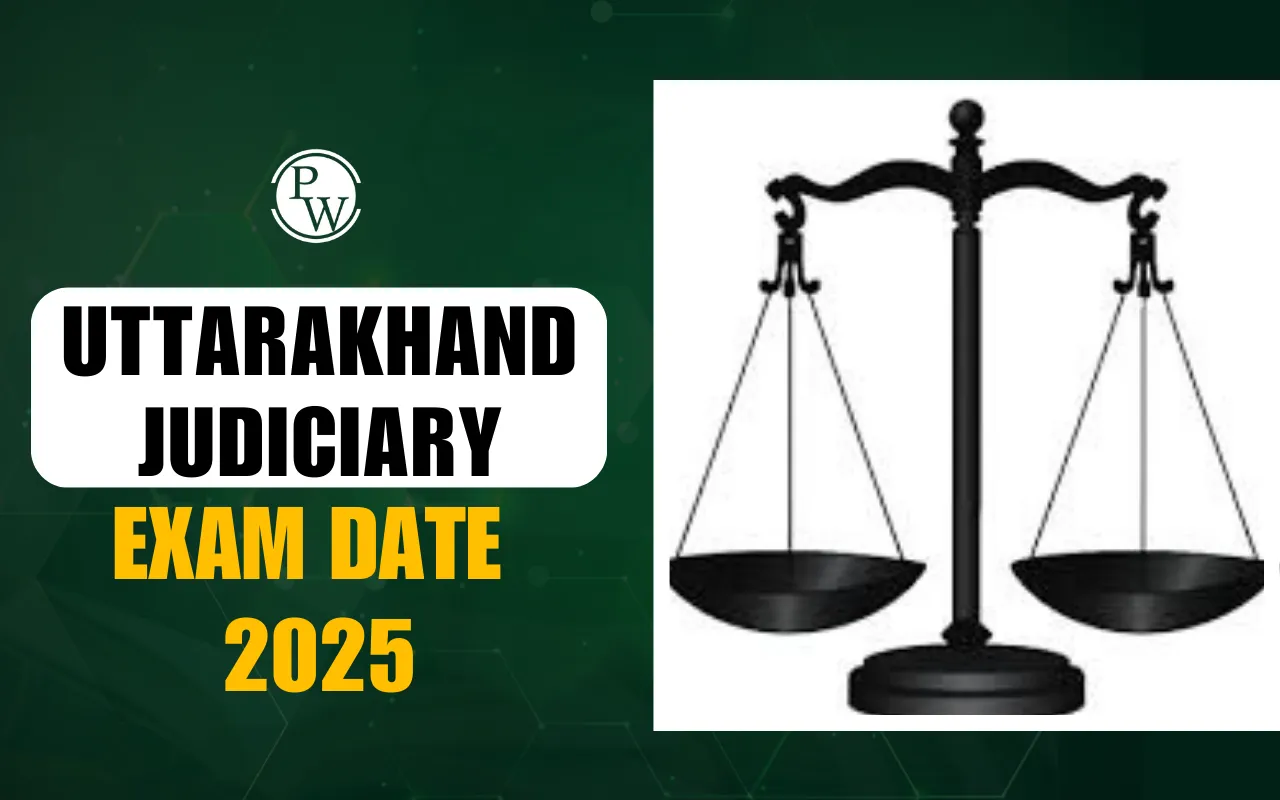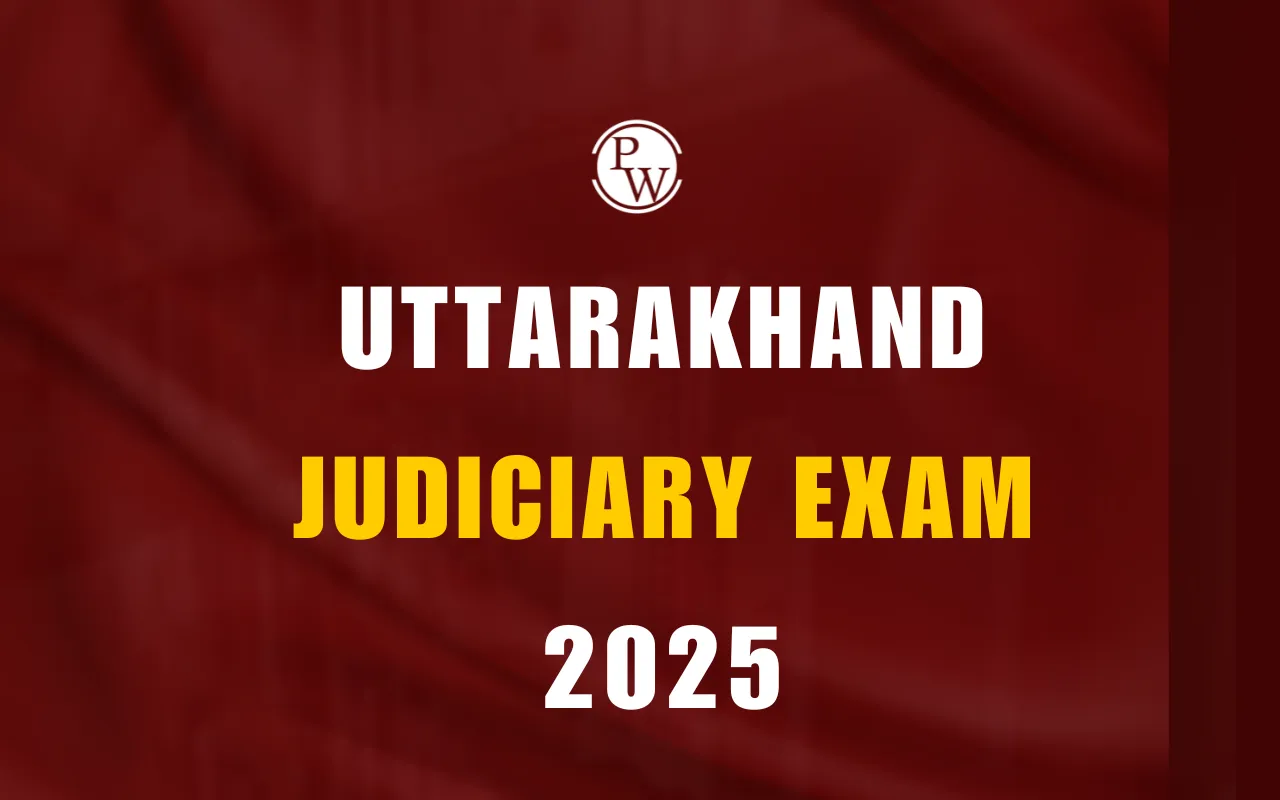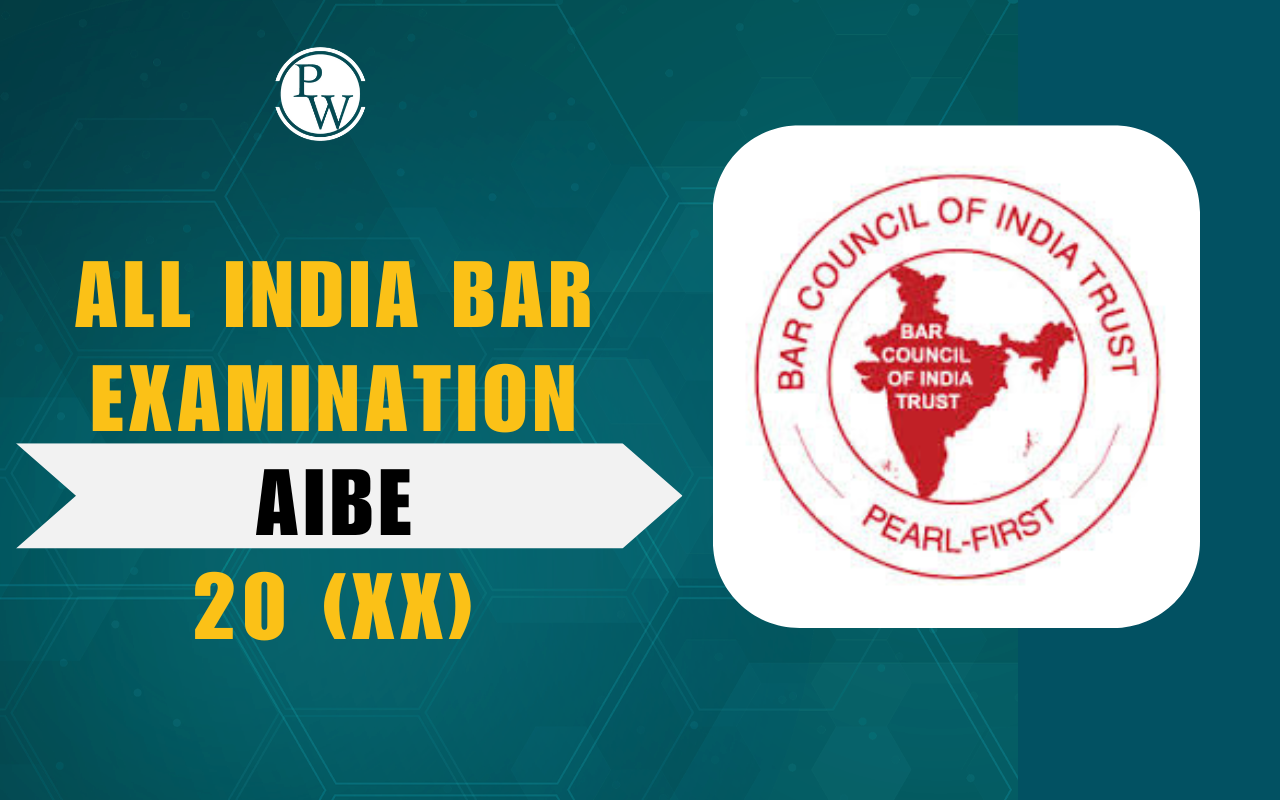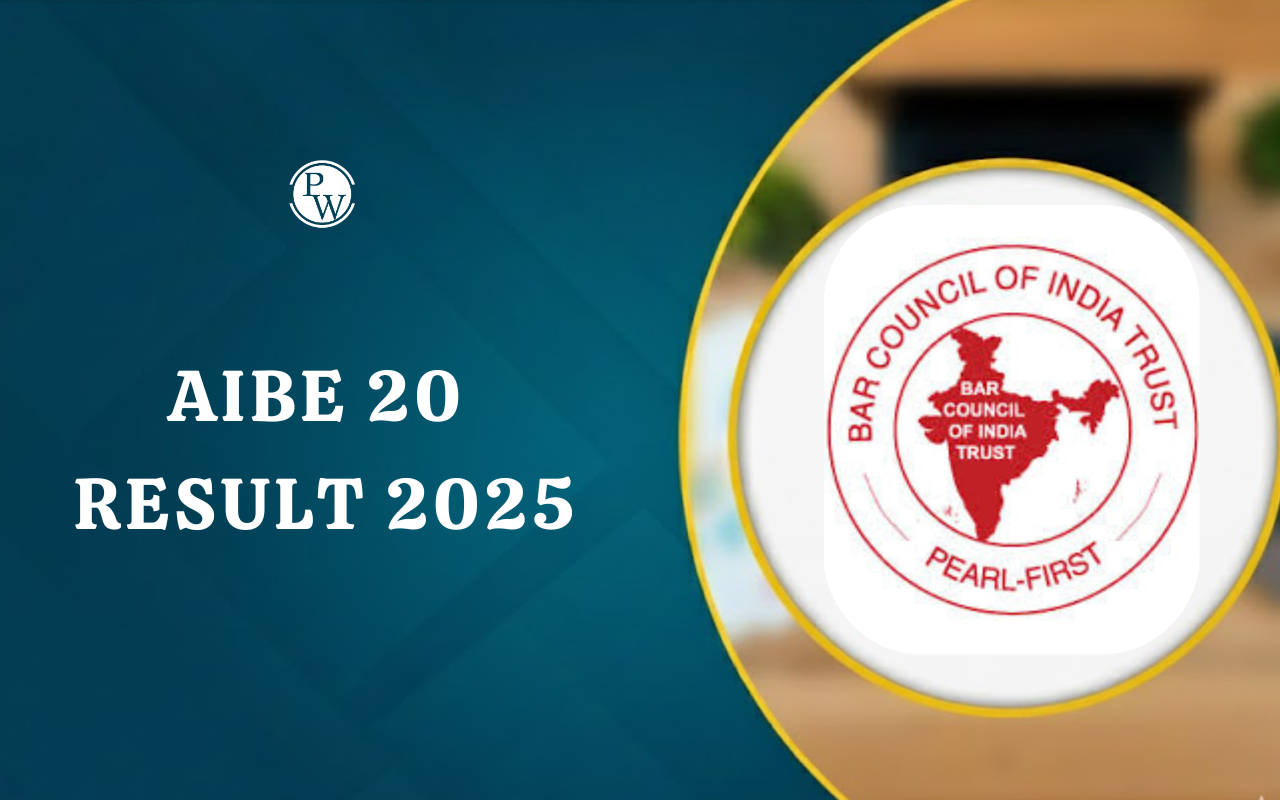
Limitation Act 1963: Limitation Act 1963, governs the time limits for initiating legal proceedings in India, ensuring that claims are made within reasonable periods to promote judicial efficiency and fairness. Initially enacted as the Limitation Act of 1908, it was revised and replaced by the 1963 Act to address evolving legal needs and to streamline the limitation periods for various types of claims.
Introduction to Limitation Act 1963
The Limitation Act 1963 , is a crucial piece of legislation in India that sets time limits within which a person brings a legal action. Its primary purpose is to ensure that claims are made within a reasonable time frame to prevent the unfairness that can arise from stale claims and to ensure that evidence remains fresh and reliable. In its literal terms, the word limitation means a restriction or the rule or circumstances which are limited.Limitation Act 1963 Overview
The Limitation Act was enforced on 1st January 1964 and extends to the whole of India. It includes a total of 5 parts and 32 sections . To provide a period of limitation, the act contains 137 Articles. The act describes the time frame within which legal actions must be initiated in civil cases. Limitation Act 1963 ensures that the concerned parties must not resort to dilatory tactics and avail the remedy promptly. Limitation Act 1963 is based on "It Bars Remedy, But Does Not Extinguish Right" . It means that it sets a time limit for legal actions. The maxim "v igilantibus non dormientibus jura subveniunt" underpins the Limitation Act 1963, meaning that law assists those who are vigilant to their rights and not those who sleep over their rights. The objective of the Limitation Act 1963 understates "interest republicae ut sit finis lituim" which means that it is in the interest of the state that there must be an end to litigation. Under Section 2(j) of the Limitation Act 1963, the "period of limitation" means the time prescribed for any suit, appeal, or application as outlined in the Schedule, while the "prescribed period" means the period computed in accordance with the provisions of this Act.What is the Objective & Aim of Limitation Act 1963?
The Limitation Act 1963, aims to ensure the timely and efficient administration of justice by imposing strict time limits within which legal claims must be made. Its primary objective is to prevent the revival of stale claims and to encourage litigants to pursue their grievances promptly. By setting clear timeframes for initiating suits, appeals, and applications, the Act seeks to promote legal certainty and stability, thereby safeguarding the interests of defendants and ensuring that evidence remains fresh and reliable. Additionally, the Act recognizes that delays in filing claims can undermine the integrity of legal proceedings and can cause significant hardship to parties. It provides specific provisions for extending limitation periods under certain circumstances, such as fraud or disability, thereby balancing the need for finality with fairness. The Act aims to streamline the judicial process, reduce the backlog of cases, and enhance the efficiency of the legal system.Three New Criminal Laws in India
Scheme of the Limitation Act 1963
The Limitation Act 1963 is categorized into different Schedules/Parts, including Sections and Articles. Each section and article deals with various aspects of limitation. The table below enlists the provisions of the Limitation Act 1963.| Part | Sections | Details |
| I | 1 - 2 | Preliminary: Definitions, Short title, extent, and commencement. |
| II | 3 - 11 | Limitation of Suits, Appeals, and Applications: Bar of limitation, expiry of prescribed period when court is closed, extension of prescribed period in certain cases, legal disability, special exceptions, running of time, Suits against trustees and their representatives, Disability of one of several persons, Contracts outside Act territories |
| III | 12 - 24 | Computation of Period of Limitation: Exclusion of time in cases where leave to sue or appeal as a pauper is applied for, effect of death, fraud, acknowledgment, payments, substituting parties, continuing breaches, Suits for compensation for acts not actionable without special damage, Time in instruments |
| IV | 25 - 27 | Acquisition of Ownership by Possession: Acquisition of easements by prescription, reversioner exclusion, Extinguishment of right to property |
| V | 28 - 32 | Miscellaneous: Amendment of Acts, savings, provision for shorter periods, repeal, provisions as to barred or pending suits, etc |
| Schedule | Articles | Period of Limitations |
| Division I, Part I-X | 1-113 | Suits: Torts, Trusts, Accounts, Immovable/Movable Property, Contracts, Declarations, Decrees, Miscellaneous, No prescribed period |
| Division II | 114-117 | Appeals |
| Division III | 118-119 | Applications: Specified, Others |
Salient Features of Scheme of the Limitation Act 1963
The Limitation Act 1963, incorporates several features that are designed to manage and streamline legal proceedings by setting time limits for various types of claims. Some of the features are as follows.Specific Time Frames for Different Actions
The Act prescribes distinct limitation periods for various types of legal actions, such as civil suits, appeals, and applications. These time frames are tailored to the nature of each claim to ensure that appropriate deadlines are set for different types of disputes. For example, suits for recovery for the recovery of money or for breach of contract generally have a limitation period of 3 years, while suits for recovery of immovable property typically have a period of 12 years.Commencement of Limitation Period
The limitation period usually starts from the date when the cause of action arises. This is the moment when the plaintiff can first bring the suit, based on the facts giving rise to the claim. For instance, in contract disputes, the limitation period starts from the date of breach.Acknowledgment and Part Payment
The Act allows for the limitation period to be reset if the debtor acknowledges the debt or makes a part payment. This extension starts from the date of acknowledgment or payment.Provisions for Fraud and Mistake
The Act allows for an extension of the limitation period if the cause of the action is based on fraud or a mistake. In such cases, the limitation period begins from the date when the fraud or mistake is discovered, rather than when it occurred. This ensures that parties cannot evade liability through concealment or deceit.Barred Claims
The Act bars claims that are not filed within the prescribed limitation periods. It helps avoid the revival of state claims and contributes to legal certainty and the efficient administration of justice by ensuring that disputes are resolved within a reasonable time.Rules of Computation
Detailed rules for computing the limitation period are provided, including how much to account for specific periods such as those spent in higher courts or in seeking legal remedies. These rules help in accurately determining the deadline for filing claims and appeals.Flexibility for Different Jurisdictions
The Act applies uniformly across various jurisdictions in India but also provides for the adaptation of limitation periods based on specific laws or contexts, offering flexibility while maintaining overall consistency.Judicial Precedents of Limitation Act 1963
Several landmark judgments have significantly shaped the interpretation and application of the Limitation Act, 1963, by Indian Courts. These cases have clarified various aspects of limitation law and provided important precedents for its application. Some notable judgments are as follows.State of West Bengal vs The Administrator, Howrah Municipal Corporation (1972)
This case focused on whether the limitation period for suits against public authorities could be extended. The Supreme Court held that the limitation period for suits against public authorities, as specified under the Limitation Act, is applicable and cannot be extended arbitrarily. This decision underscored the importance of adhering to prescribed time limits for filing suits against government bodies.N. Balakrishnan vs M.Krishnamurthy (1998)
The case involved the interpretation of the condonation of delay under the Limitation Act. The Supreme Court held that delay in filling a petition can be condoned if the applicant shows a reasonable explanation for the delay. This case is significant as it emphasizes the need for courts to consider the reasons for delay sympathetically to ensure that justice is not denied on procedural grounds alone.M/s. Harcharan Dass vs The Union of India (1972)
The case explored the applicability of the Limitation Act to claims for compensation under specific statutes. The Supreme Court confirmed that if a special law provides a different limitation period, that period applies exclusively to the claims under that law, reinforcing the principle that special statutes can override general limitation provisions. Gain a deeper understanding of court procedures, case analysis, and legal reasoning through our specialized judiciary courses available at the best judiciary coaching in India. Prepare for a rewarding career in the judiciary with expert-led courses that blend theory with practical insights into the judicial system. Read our Daily Legal Current Affairs to stay updated with the recent news necessary for the judiciary exams.Limitation Act 1963 FAQs
What is the period of limitation?
A period of limitation is defined as a period prescribed in the Limitation Act for an institution of any suit, appeal, or application, by the Indian Law.
What is the Limitation Act of 1963?
The Limitation Act of 1963 ensures that claims are made within a reasonable time frame to prevent the unfairness that can arise from stale claims and to ensure that evidence remains fresh and reliable.
What is the Land Limitation Act, 1963?
The Limitation Act, of 1963, lays down a limitation period of 12 years for a suit of possession of immovable property or any interest based on the title.
What is the latest judgment on the limitation period?
The Supreme Court had extended the limitation period (prescribed under general or special laws) in respect of judicial and quasi-judicial proceedings w.e.f. 15 March 2020 to 2 October 2021, concerning the situation arising due to the COVID-19 pandemic.
Can we file civil case after 3 years?
The period of limitation for instituting civil suits is 3 years from the date on which the cause of action arose. There are certain exceptions which include limitation for a suit to recover possession of immovable property is 12 years, and the limitation for a claim founded on tort is ordinarily 1 year.
🔥 Trending Blogs
Talk to a counsellorHave doubts? Our support team will be happy to assist you!

Check out these Related Articles
Free Learning Resources
PW Books
Notes (Class 10-12)
PW Study Materials
Notes (Class 6-9)
Ncert Solutions
Govt Exams
Class 6th to 12th Online Courses
Govt Job Exams Courses
UPSC Coaching
Defence Exam Coaching
Gate Exam Coaching
Other Exams
Know about Physics Wallah
Physics Wallah is an Indian edtech platform that provides accessible & comprehensive learning experiences to students from Class 6th to postgraduate level. We also provide extensive NCERT solutions, sample paper, NEET, JEE Mains, BITSAT previous year papers & more such resources to students. Physics Wallah also caters to over 3.5 million registered students and over 78 lakh+ Youtube subscribers with 4.8 rating on its app.
We Stand Out because
We provide students with intensive courses with India’s qualified & experienced faculties & mentors. PW strives to make the learning experience comprehensive and accessible for students of all sections of society. We believe in empowering every single student who couldn't dream of a good career in engineering and medical field earlier.
Our Key Focus Areas
Physics Wallah's main focus is to make the learning experience as economical as possible for all students. With our affordable courses like Lakshya, Udaan and Arjuna and many others, we have been able to provide a platform for lakhs of aspirants. From providing Chemistry, Maths, Physics formula to giving e-books of eminent authors like RD Sharma, RS Aggarwal and Lakhmir Singh, PW focuses on every single student's need for preparation.
What Makes Us Different
Physics Wallah strives to develop a comprehensive pedagogical structure for students, where they get a state-of-the-art learning experience with study material and resources. Apart from catering students preparing for JEE Mains and NEET, PW also provides study material for each state board like Uttar Pradesh, Bihar, and others
Copyright © 2025 Physicswallah Limited All rights reserved.
Get App



